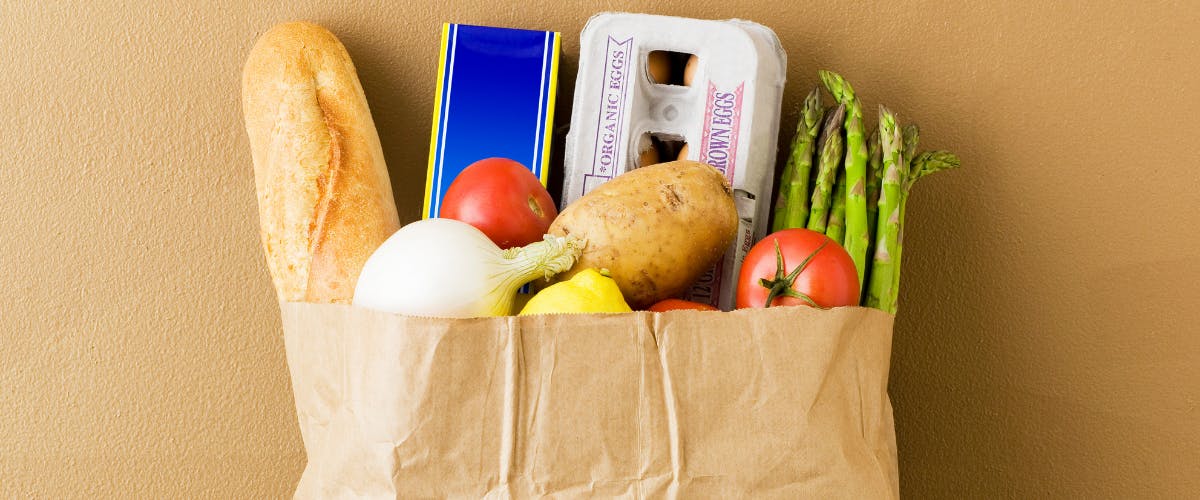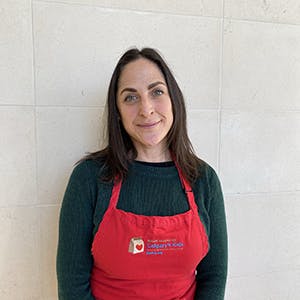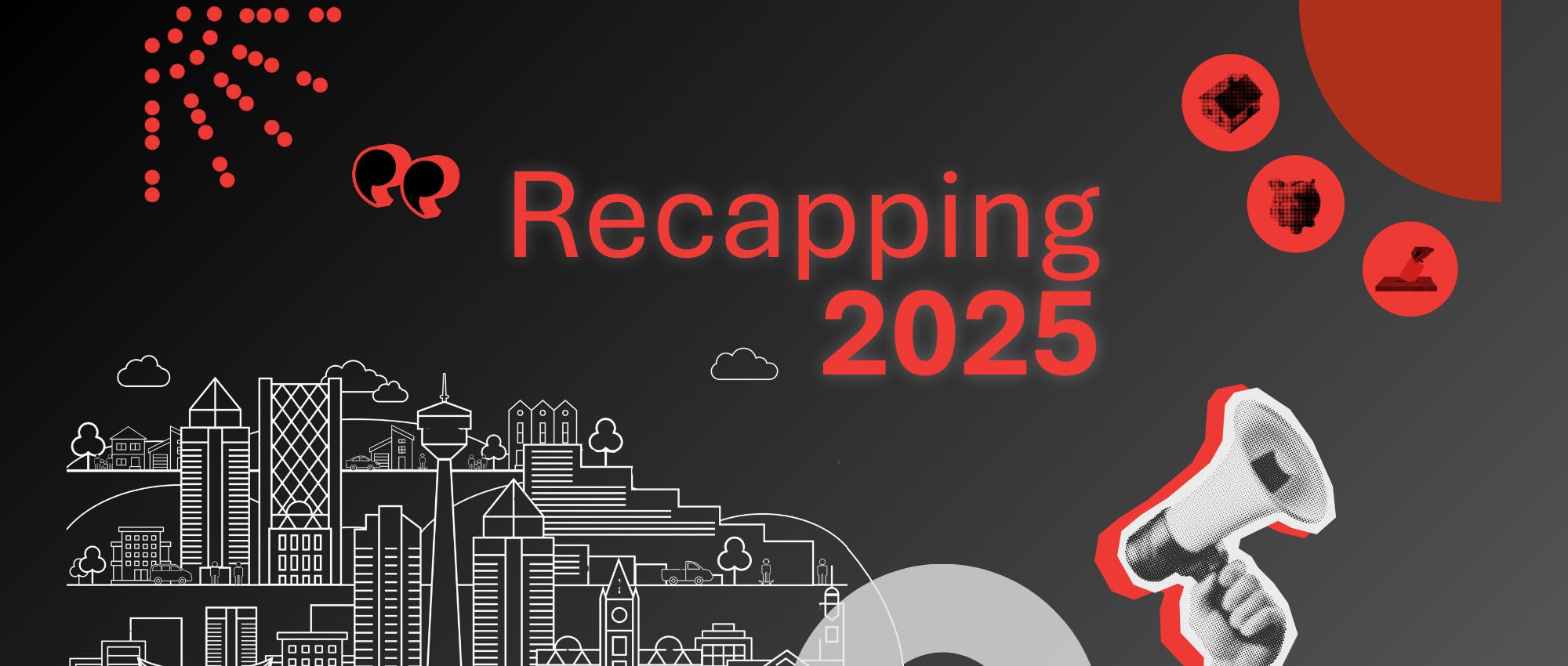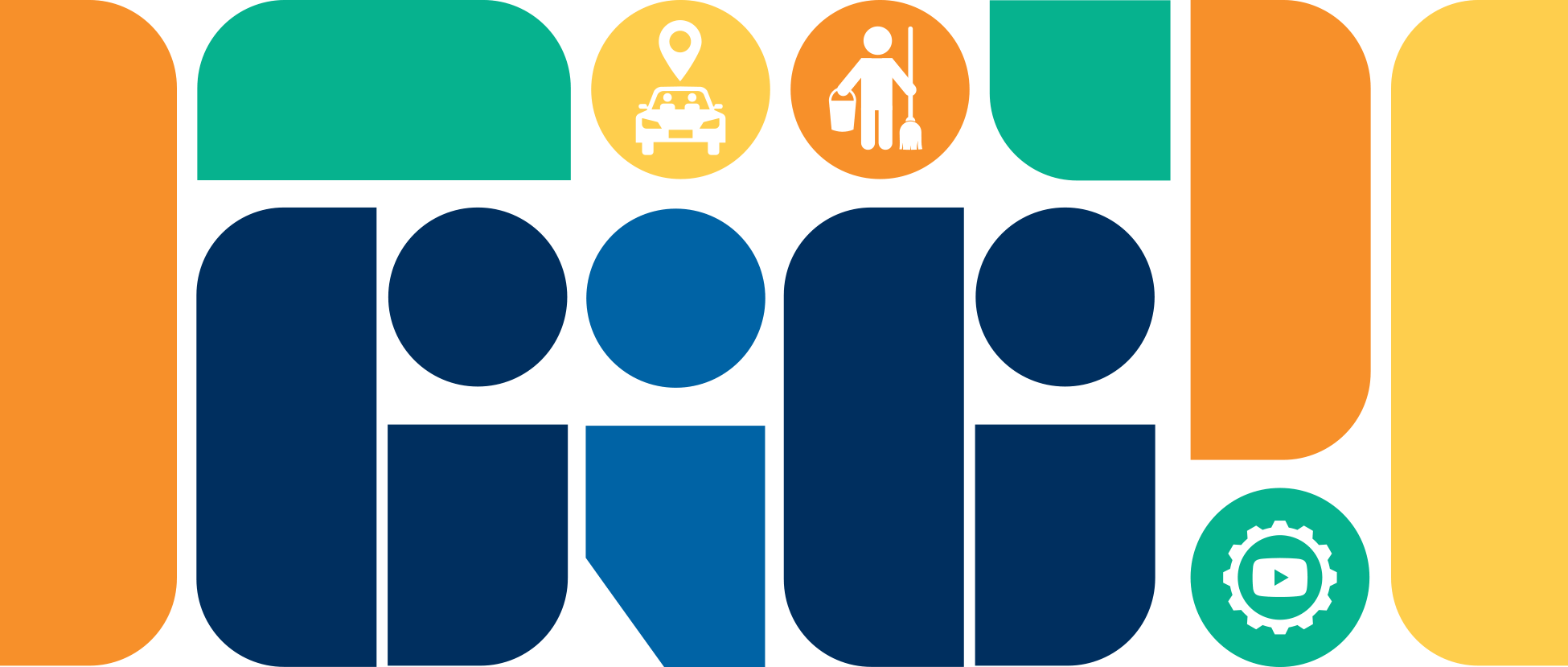I have never really been a fan of being in water. I remember being in a swimming class as a kid, choking on mouthfuls of heavily chlorinated water. I struggled to keep up with the other kids, never achieving the super sought-after maroon badge for mastering the front crawl. Yet somehow, I find that my life always redirects me to metaphors and analogies about water. So here I go again, getting my feet wet as I reflect on a recent study completed by the Canadian Poverty Institute in collaboration with VCC on Calgary’s emergency food assistance program.
The Stream
The emergency food response sector is like a stream. There are organizations, groups, and individuals working upstream to address the root causes of food insecurity and advocating for policy change. And there are organizations, groups, and individuals working downstream to respond to the immediate needs and very real impacts of food insecurity within our communities. Although often these types of interventions are placed in opposition to one another, this report doesn’t take sides. Instead, it focuses on how we can all effectively navigate and work together in the stream.
My experience in the emergency food system sector has allowed me the privilege to sit at many tables, engage in many critical conversations, listen to many stories of resiliency and strength, and take part in many food insecurity interventions. This experience and the recent report examining the system, has shown me that as emergency food service providers, we don’t communicate very well in the stream. This needs to be a priority along with increased collaboration and coordination among food assistance providers. Organizations need to develop trust and a shared vision, while pursuing collaborative projects and opportunities.
The Boat
We have all heard the famous proverb, “'Give a man a fish and he will eat for a day. Teach a man to fish and you feed him for a lifetime.” I feel that this proverb is missing a couple of essential parts. First off, does the man even like fish? And secondly, did you ask the man if he even wanted to fish? Too frequently our well-intentioned interventions neglect the importance and centrality of dignity.
What does dignity look like in these emergency food interventions and how do we work to provide the most dignified programming and services? It is not an innovative concept to treat people with dignity and it is absolutely necessary that we all commit to doing so. One could argue that dignity is subjective, but where we can start, is to ask the communities we work with what it is that they want and if they even want to come along with us.
The report identified dignity of service as an essential need to address, with 30% of food assistance users rating the delivery of food assistance services as “somewhat dignified.” The report astutely recommends a deeper study and review of best practices focused on the dignity of food services. And that this study could then support the development of a community standard for dignified service that all food assistance providers could feel comfortable with, and wish to be held accountable to.
The Storm
Food insecurity was an urgent problem in Canada before COVID-19. It is unquestionably worse now, as it will be in a post-COVID-19 world. The pandemic has drawn attention to the weaknesses in the existing emergency food assistance system and the challenges and barriers that Calgarians may be facing in acting upon their right to access food. When the storm of COVID -19 settles many more Canadians will find themselves in rafts and those that were in dinghies prior to the pandemic, will find themselves with irreparable boat damage.
The Lighthouse
Through the storm, the lighthouse is our collective end goal - a city, a world where everyone has equitable access to nutritious, safe and culturally appropriate food, and where we work to build communities that are strong, vibrant and not reliant on charitable offerings.
I think back to the beginning of my career. I thought that by teaching people how to read nutrition labels or how to cook a chicken to the appropriate internal temperature, they would be lifted out of food insecurity. I was very wrong. I learned very quickly that the people that I was “teaching” were already resilient and had an abundance of knowledge. What they didn’t have was opportunities to participate and benefit from the economy. The power of these cooking classes was a place to feel welcome, gather, connect, and participate. If you don’t have money, you can’t participate and if you can’t participate, you experience isolation and loneliness. Food provision will never solve food insecurity because it’s about a lack of income (and intersecting dimensions of systemic oppression, but that is a topic for another blog).
The Ripple
VCC’s recent study speaks to the breaks in Calgary’s emergency food assistance system and calls on the sector to raise the bar, and work together to support each other as a collective. Now is an optimal time to rally for systems change. The report calls on ways we can create some new and needed discourse. It is crucial that we collectively say that going back to our “normal” with one eighth of Canadians experiencing food insecurity is not, and was never normal or okay. Food is a powerful and multifaceted tool for connection, celebration, health and justice. It is our responsibility as citizens, as organizations, and as a community, to look internally at how dignified our activities are and collectively demand for better.
Thank you to all of the contributors for your work on this vital report.
Miriam Bankey is passionate about good food and has worked in Calgary’s emergency food assistance system for more than 10 years as a Nutritionist, Food Skills Coordinator, Food Strategy Consultant, and Community Animator. Miriam was also a participant of the Enough for All Food Dignity Collaborative. She currently works at Brown Bagging for Calgary’s Kids as Impact and Evaluation Specialist.




